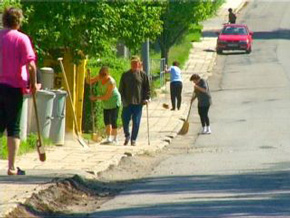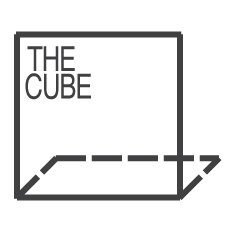
Katerina Šedá
One Saturday morning in 2003, the mayor of a small, Czechoslovakian village, Ponetovice, broadcast a message to all 350 residents: He asked them to go shopping–at the same time. For the rest of the day, the people continued to synchronize their routine according to a schedule that was posted on the village bulletin board. They simultaneously opened windows, swept porches, ate dumplings, met for beers, and finally all retired to bed at 10 pm. Though the regimen, created by Katerina Šedá, was strict, members of the community felt liberated by the shared activities, an experience many Europeans perhaps associated–somewhat nostalgically–with their lives before the fall of the Soviet Union in 1989.
Šedá, who lives and works in Brno, named the project after a common saying in Czech provinces: “There is nothing there.” “They feel that everything important happens in cities or somewhere beyond our borders,” Šedá has said. For one year, she conducted interviews, distributed surveys, and observed life in the village, which was once the site of major military battles in the 19th century, but was now largely disconnected from the socio-political fabric of Europe.
Šedá often asks her projects’ participants to recount personal information that she then re-presents in order to encourage new reflection on what their lives can mean. When the artist’s grandmother fell into a deep depression after her husband’s death, refusing to leave her armchair to perform even basic, hygienic tasks, Šedá encouraged the elderly woman to draw, from memory, every item sold in the hardware store where she worked as a bookkeeper for 30 years. The activity, which yielded hundreds of images, allowed Šedá’s grandmother to engage with the past, in order to re-enter her life in the present. Similarly, by performing their minute, daily tasks en masse, Ponetovice residents were empowered to reconsider the larger terms of their citizenship.
[ About Living as Form | Curator Statement | About the artists ]


